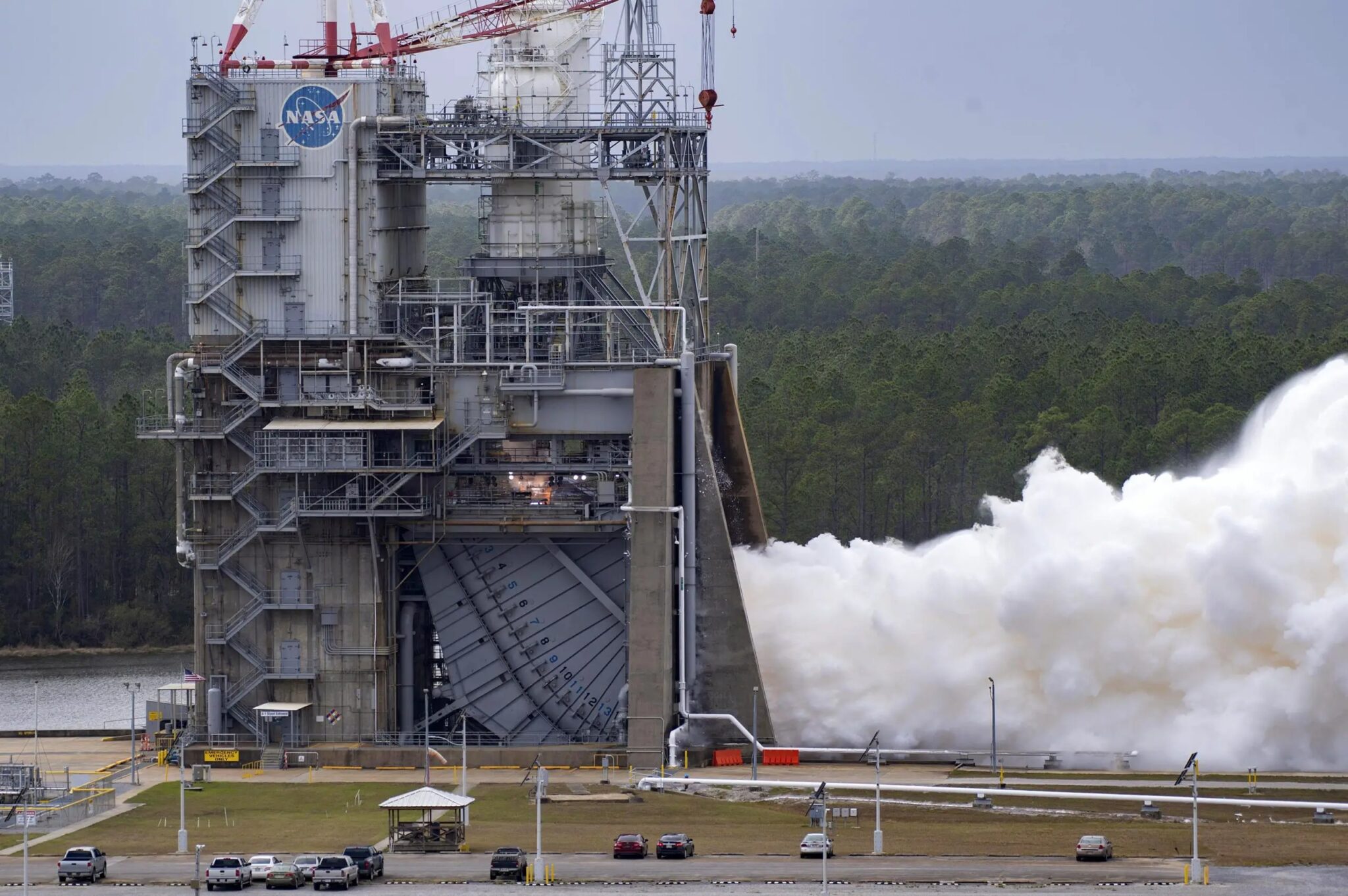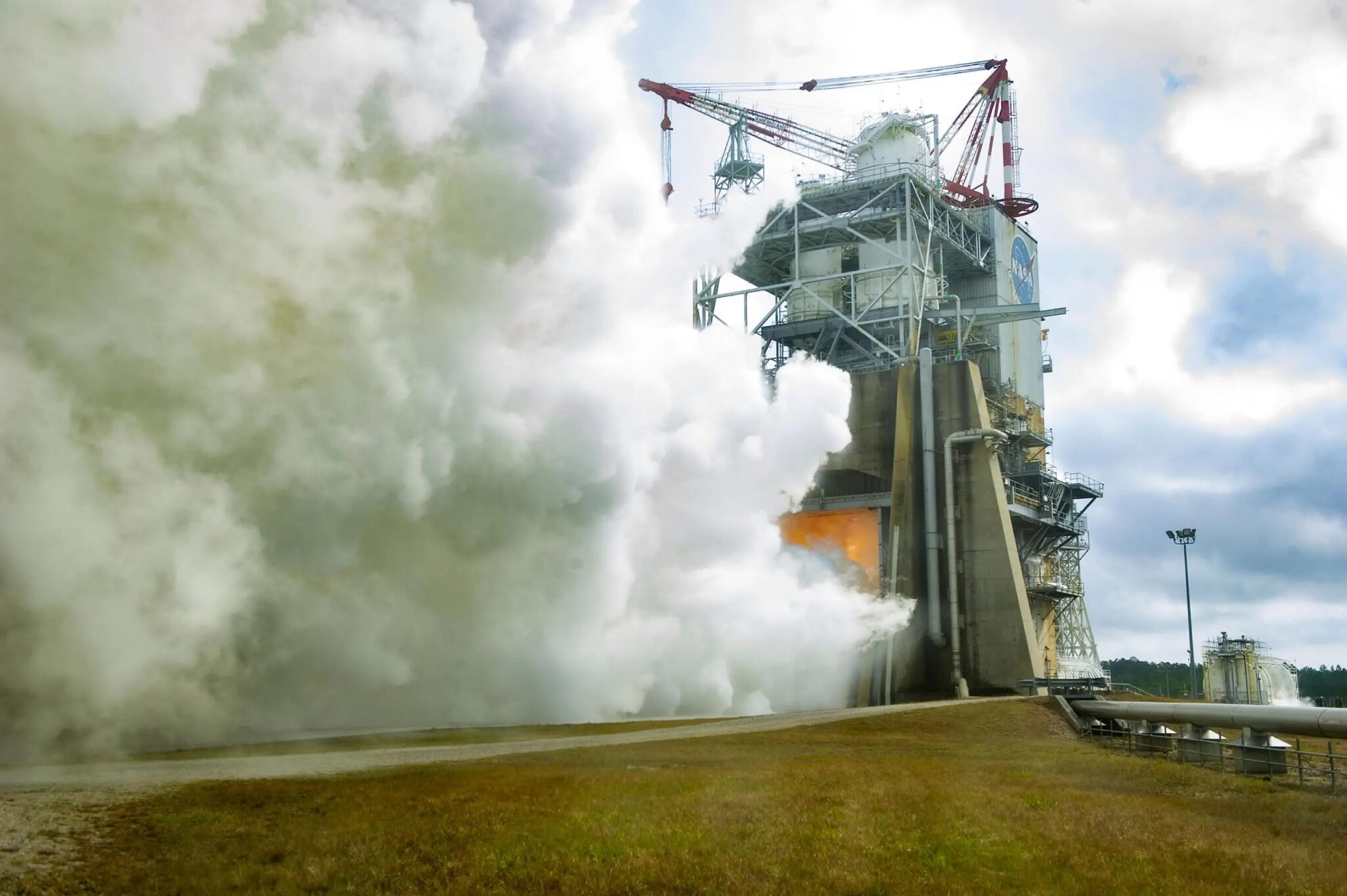The redesigned and improved RS-25 engine for the upcoming Space Launch System (SLS) rocket flights has passed its first test at the agency’s Stennis Space Center near Bay St. Louis, Mississippi. Successful ignition occurred on February 8.

During the last test, the engineers started the RS-25 engine at full power, during which it worked for 500 seconds necessary to lift the SLS into orbit. The RS-25 engines also had their power increased to 111% in order to test it for wear resistance and operation in extreme conditions. The tests helped to check the endurance of a number of new components, including new nozzles.
A series of tests of new RS-25 engines helps to improve and strengthen a powerful engine, as well as detect and prevent potential problems in advance. The manufacturer of engines for SLS is Aerojet Rocketdyne. The new engines will help power future Artemis missions to the Moon. But they will be installed on missions starting with Artemis V, when NASA will land people on our natural moon and create the first lunar base on its surface.

Four RS-25 engines are launched simultaneously, generating a total thrust of 7,200 tons during launch and 9,000 tons during ascent to ensure the launch of heavy spacecraft into orbit, for example Orion. NASA and Aerojet Rocketdyne modified 16 engines left over from the Space Shuttle program, which confirmed their suitability for flight for Artemis I–IV missions.
Thanks to the Artemis missions, NASA will land the first woman and the first African American on the surface of the Moon. This will pave the way for a long-term presence on the Moon, which will serve as a step on the way to Mars.Earlier we reported on how SpaceX performed the most powerful rocket ignition in the history of mankind.
Follow us on Twitter to get the most interesting space news in time
https://twitter.com/ust_magazine
